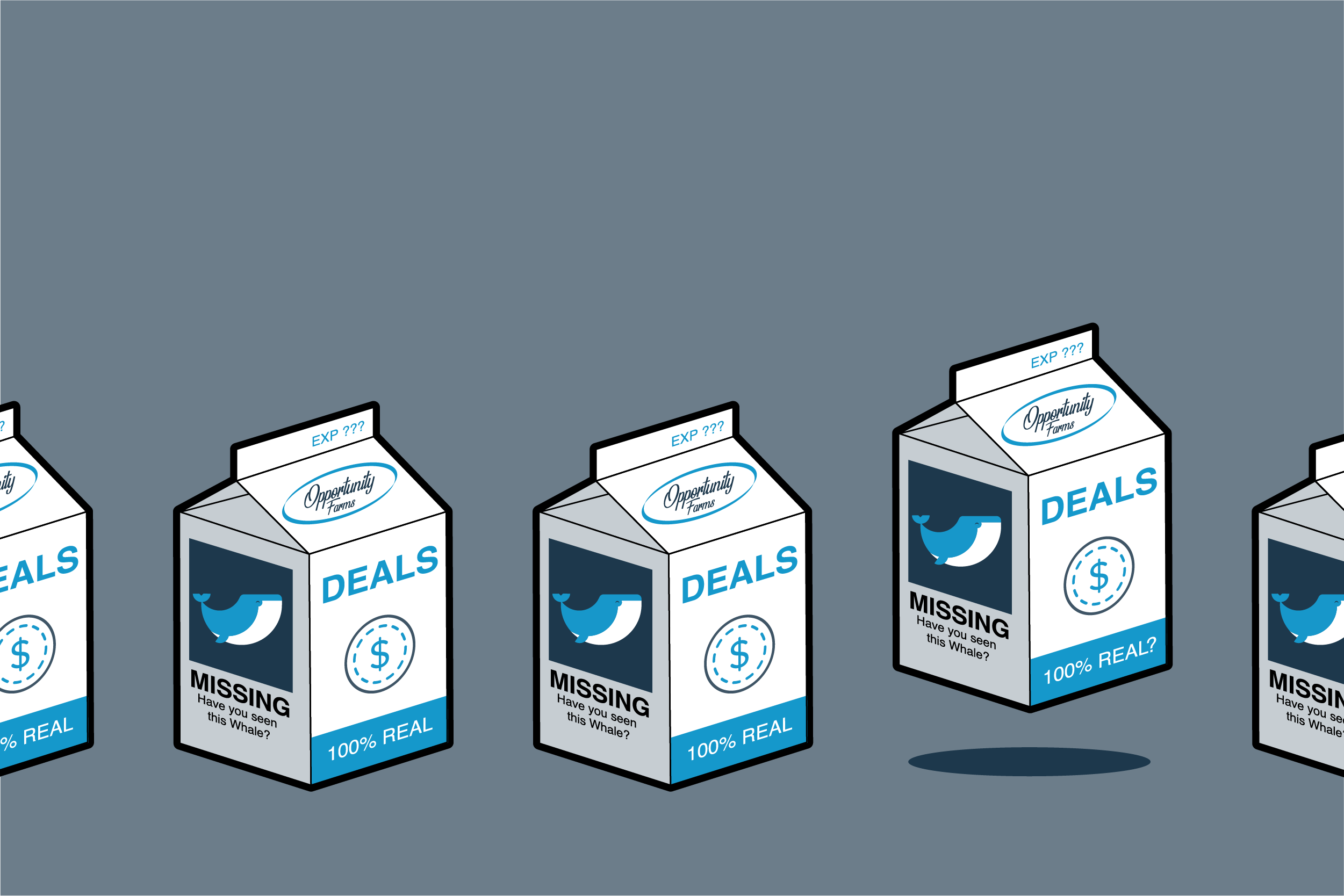Cheese gets moldy, beer gets skunky, and milk just reeks. But how do you know when a deal is about to go bad?
There's nothing worse than reaching for something you thought you could count on and discovering too late that it's past its prime.
It happens with opportunities all of the time. Some deals linger way beyond their shelf life.
It's up to managers to coach reps so they know when to abandon a deal that's clearly soured. Deals go bad for myriad reasons and that's okay—if you know that they're going bad. But if you reach for them in week 10 or 12 of the quarter only to find that they've unexpectedly spoiled, you'll have more than just a bad taste in your mouth.
So, short of adding a "sell by" date to every deal, how do we fix it? That's where visibility and predictive insights come into play.
You need to be able to see what's in the fridge—all of the time—because deals and other perishables can turn quickly. Something that looks good one day may appear a little off the next. And every minute wasted on an expired deal is time your competitors will be using to gain an edge.
So, how do you know when it's time to abandon a deal that's soured and shift focus toward fresher, more attractive opportunities?
1.) Activity data in emails, meetings, file exchanges, and marketing automation systems will show you not only whether or not a prospect is tuned in, but whether a rep has made the effort to connect or simply dropped the ball. From there, you can decide if this is a dead-end deal or if there are plays you can run to save it. The beauty is that all of this important data can now be automatically harvested so no one wastes time on data entry.
2.) Analyze historical win-loss data and leverage AI to predict a deal's likelihood of closing and see which deals are on track and which are at risk. You can see if a deal is progressing in a positive or negative direction and apply extra scrutiny on current quarter deals to ensure that reps are focused on the right opportunities.
You can also take your opportunity score and compare it to the activity data to get an even clearer view of what's happening with a deal. If you see that an opportunity has a low score and high activity, it may mean that it's time to walk away. If it has a high score and low activity, you may need to coach your rep to get on the ball and reach out.
Armed with these kinds of data-driven insights, you can make an informed decision about whether it's time to take an inactive deal off the shelf or do something to get it on the table before it expires. As a well-respected CRO recently told me, "There are two winners in every deal—the person that wins the deal and the one that walks away first."



